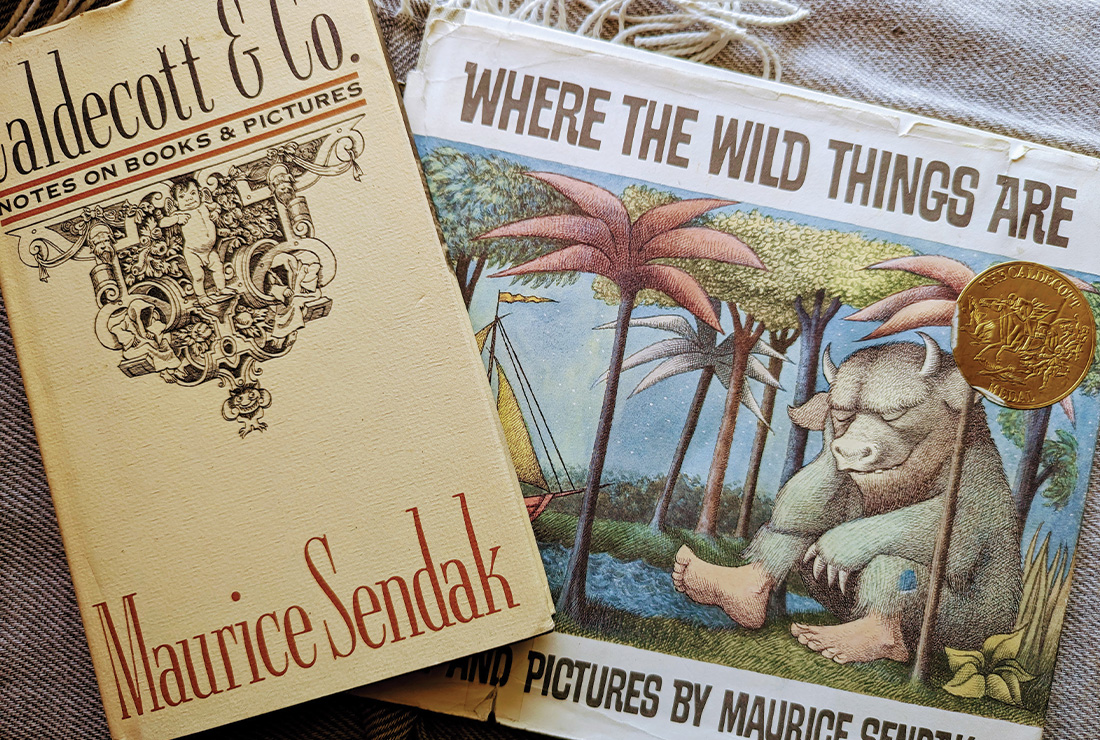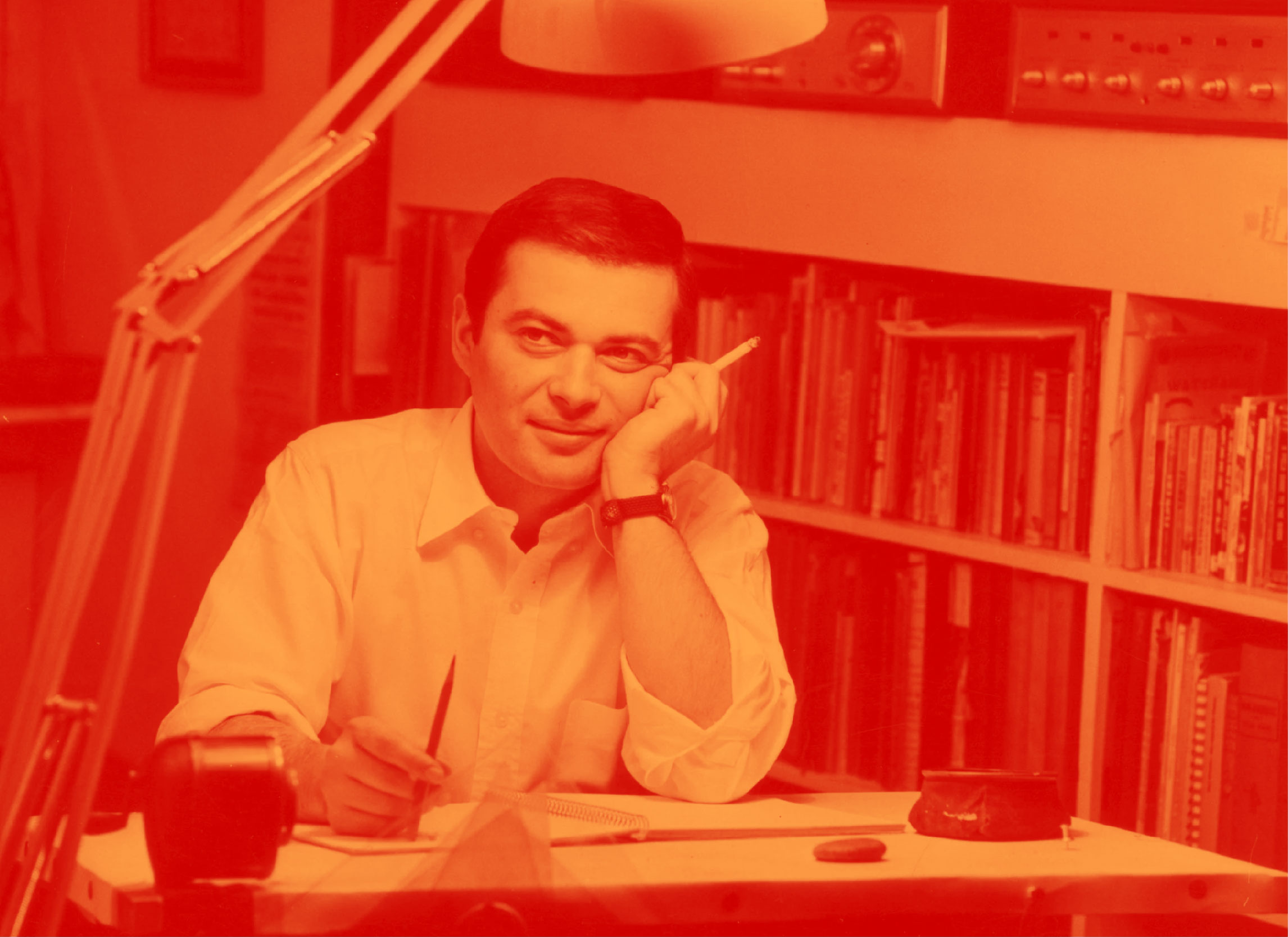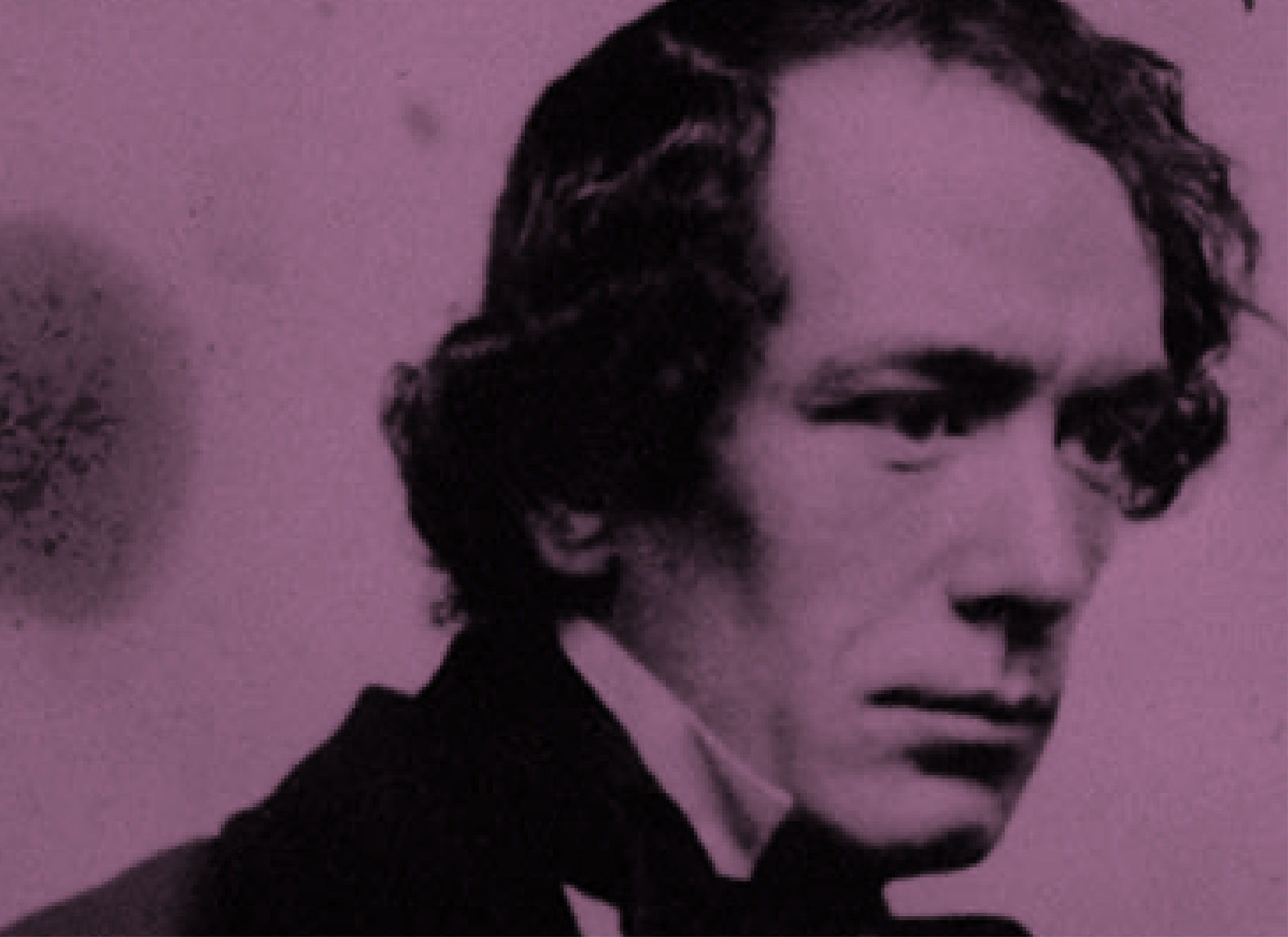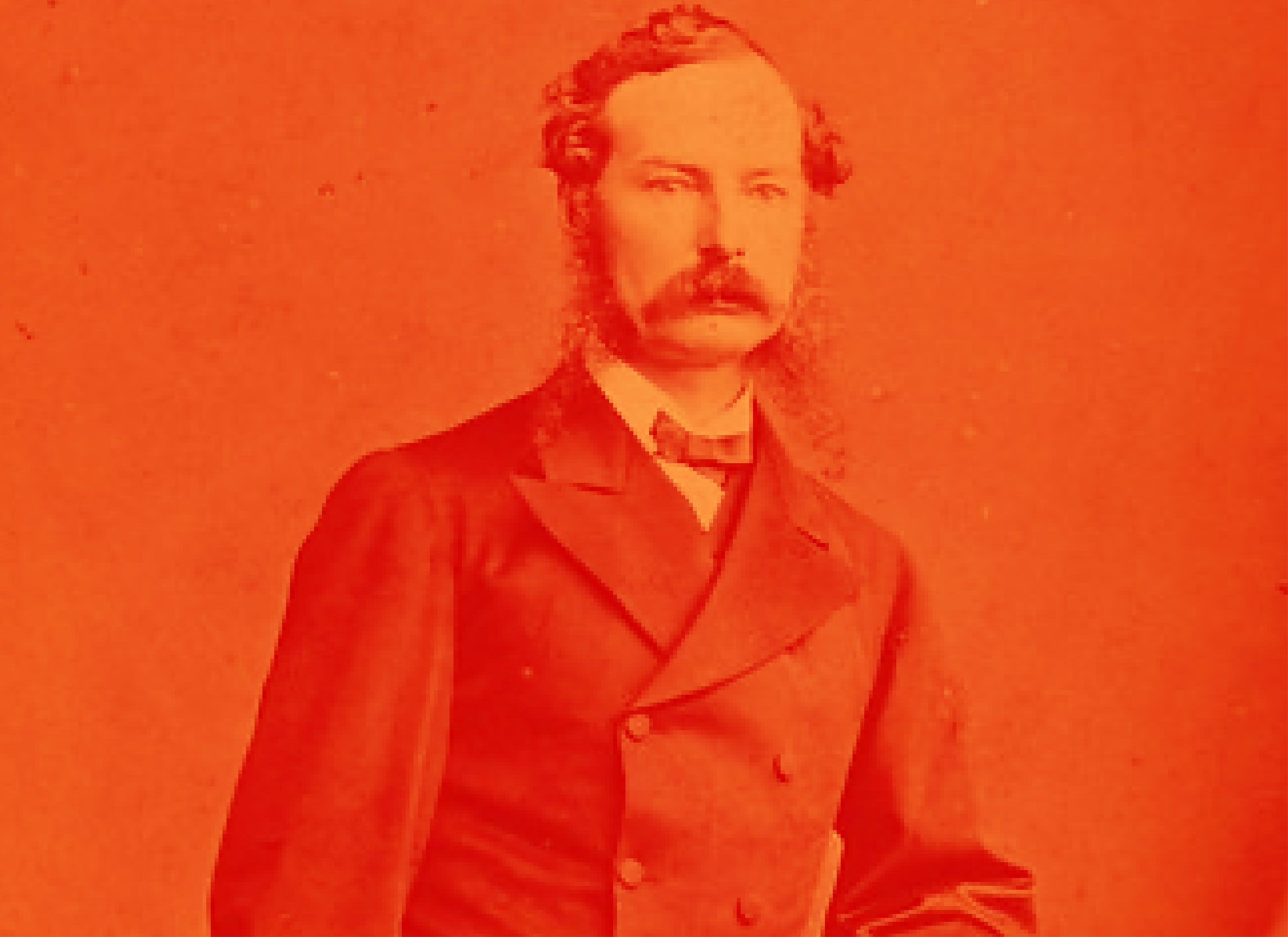You cannot write for children. They’re much too complicated. You can only write books that are of interest to them.
― Maurice Sendak
Maurice Sendak firmly believed that kids are strong and can handle challenging things. He refused to sugarcoat the world for them like adults often do. Because of this quality, it made him one of the most innovative and influential storytellers of all time. He thought children are good at understanding and dealing with sad or scary things and gave us hope in dealing with those tragic and dangerous things. This idea was similar to what Tolkien said about writing not being just for kids. In his last interview, Sendak got upset with Stephen Colbert and said, “I don’t write only for kids. I write because I have something to say, and people just call it ‘for kids!'”
Early Life and Wild Inspirations
Maurice Bernard Sendak was born to Polish-Jewish immigrants in Brooklyn, New York. Growing up during the Great Depression, Sendak’s childhood was marked by joy and tragedy, which would later shape his artistic sensibilities. His parents, Philip and Sadie Sendak, fostered a love for books and storytelling, and their nurturing environment ignited Sendak’s passion for drawing and writing at an early age.
Sendak’s early influences came from a variety of sources. He found inspiration in the works of his favorite illustrators, including Beatrix Potter and William Blake, and the dark and eerie tales of the Brothers Grimm. Sendak’s childhood experiences, including losing family members during the Holocaust, also influenced his work.
Smithsonian: Maurice Sendak Imagined More Than Wild Things
A Rumpus
After studying at the Art Students League of New York, Sendak embarked on a career as an illustrator. His breakthrough came in 1951 when he collaborated with Ruth Krauss on the picture book “A Hole Is to Dig.” This whimsical and unconventional book, filled with charming illustrations and playful language, was a departure from the traditional children’s books of the time.
In 1963, Sendak achieved worldwide fame by publishing his most iconic work, “Where the Wild Things Are.” This imaginative tale, with its lush illustrations and a truthful portrayal of childhood emotions, revolutionized the genre of children’s literature. The book went on to win the prestigious Caldecott Medal.
Legacy and More
Maurice Sendak’s contributions to children’s literature extend far beyond his books. His imaginative storytelling and willingness to address challenging topics inspired a new generation of writers and illustrators. His work also sparked debate and controversy, as some critics felt that his stories were too dark or unsettling for young readers. Nevertheless, Sendak firmly believed in the importance of honesty and respecting the emotional lives of children.
In addition to his books, Sendak also ventured into other creative endeavors. He designed sets and costumes for various theater productions, including an acclaimed production of Tchaikovsky’s ballet “The Nutcracker.” His imaginative and visually striking designs brought a fresh perspective to these performances.
Tchaikovsky’s ballet “The Nutcracker."

Sendak’s Work
I want to present a noncomprehensive timeline of Sendak’s books (the criteria for why I selected a book were books written and illustrated by Sendak) and my thoughts on those books.
1956: “Kenny’s Window.” ★
This book is one of my all-time favorites. The story stops me in two ways: I’m in awe of how Sendak thought of this book and its events; it has a structure of being built around the message first, and the theme or ‘elements’ of the book came second in service of the message/truth Sendak wants to share with the reader. The book makes me curious about his process and how he wrote it. And then the book makes me ponder this wonderful mixture of a world and the events that are happening in it. The book is a breath of fresh air in its uniqueness and the fun and engaging adventure it takes the reader on. An accurate picture book for all ages. This story gives me the same vibes as The Little Prince by Antoine de Saint-Exupéry.
1962: “The Nutshell Library.” ★
Outstanding series of stories that truly shined in the cartoon versions from 1975 with Carole King.
“Alligators All Around,”
I adore this story. The biggest thing I love about this story is how truthful it is; it showcases the wonder of being a child as well as the things we aren’t proud of or don’t like, whether its catching colds, having head-aches, never napping or pushing people it is mixed in with the wearing wigs, yacketty yacking, and silliness all around. Just a great simple story.
“Chicken Soup with Rice,”
It is such a jam. The story Sendak crafted here is informative and silly. It tells an exciting story of a kid enjoying some chicken soup with rice and the adventures it takes him on.
“One Was Johnny”
My favorite version of learning or counting stories in this series. I love that all these increasingly weird things are happening to Johnny as he is sitting in a room just existing. At 10, Johnny has to take control of the situation. Just a nice simple story with incredible rhythm and structure.
“Pierre”
Again keeps with the truth-telling of all the songs in the nutshell library. A grumpy child and the absurdities he is going thru as he doesn’t care. It brings humor to a situation in which we are filled with rage when we are in the thick of that emotion. And this is what Sendak does so incredibly well, bringing readers truths and making us confront that truth in an absurd, otherworldly, and silly way. This is why Sendak’s books are a joy to read as well as listen to; these are stories for people and don’t pander to any age.
1963: “Where the Wild Things Are” ★
Such a classic. I remember my mom reading me this book. A beautiful story for kids and adults, of a child going on a wild adventure and a parent’s eternal love even when acting wild. The illustrations are unique and creative. The colors are simple and clean, and the linework and creature designs were always my favorite.
1965: “Hector Protector and As I Went Over the Water: Two Nursery Rhymes.”
So far, the weakest Sendak book for me; the imagery is too repetitious in spots, and the stories don’t connect to me like many of Sendak’s other written works.
1970: “In the Night Kitchen”
The story has a surreal, dream-like feel and is very weird. It has that same stop-and-pause to me, like Kenny’s window, but this story is almost too much as it continues to up the stakes in its absurdity without much direction at times or a purpose. Which in the way of accomplishing a ‘simple’ task in such an astounding way is a relation to the crazy dreams we have. It’s a fascinating experiment in storytelling and as a book overall.
1976: “Some Swell Pup or Are You Sure You Want a Dog?” ★
“A normal pup does everything wrong.” I love this line; it tells so much of the story’s heart in just one line and the honesty to come. It’s natural and a struggle and conveys a lovely arch of growth. I enjoy the different layout Sendak went with for this book: a more graphic/comic approach with the cells and the occasional breaks with the full-page illustrations. The pop of colors was more vibrant and straightforward than other Sendak stuff.
1977: “Seven Little Monsters”
I love this version of Sendak's 'Monsters'; I am a sucker for linework and the simplicity and charm of these illustrations. This story eventually became a PBS animated show I hope to watch soon. The text is short and sweet, and I'm curious to see how it is expanded in the animation.
1981: “Outside Over There.” ★
Lovely technical drawings and just very well done. This story is another one that is very surreal and dream-like. This one works for me as the story has more structure within its framework of absurdities as the main character is challenged on their journey.
1990: “We Are All in the Dumps with Jack and Guy.” ★
One of the darker books from Sendack, where he seems at his most unfiltered. I could write an entire post just on this book; it’s rich with symbolism, and the illustrations are impactful and dynamic; done late in Sendacks career, you can see growth in the drawings and style. I may be putting my ideas or thoughts into this story, but it feels like it is born from rage or anger with culture and society. It’s deadly honest like we so often see from Sendack, but it almost feels too much, is the payoff enough for the despair we see in the text and imagery? There is hopefulness in this story and a resolution to the sad, tragic beginning. Still, some may find it a bit too bitter from the bittersweet tale.
2001: “My Brother’s Book.”
I have yet to have the opportunity to read this book.
2011: “Bumble-Ardy” ★
I enjoy the text version, but the Sesame Street rendition is my preferred telling of this story.
The heart is the same in both stories. A child who has never had a birthday gets into a wild string of events that creates quite a ruckus; a parent is a steward who ends the craziness and fun that gets out of hand. And even with a mess, the parents’ love trumps all. It has a similar feel and arc to Where the Wild Things Are.
More Articles Sendak
New Yorker - Among the Wild Things
Financial Times: Where the Wild Things Came From: What Inspired Maurice Sendak?
The Marginalian: Maurice Sendak Juniper Tree Brothers Grim
Thank you,
*Caleb*




